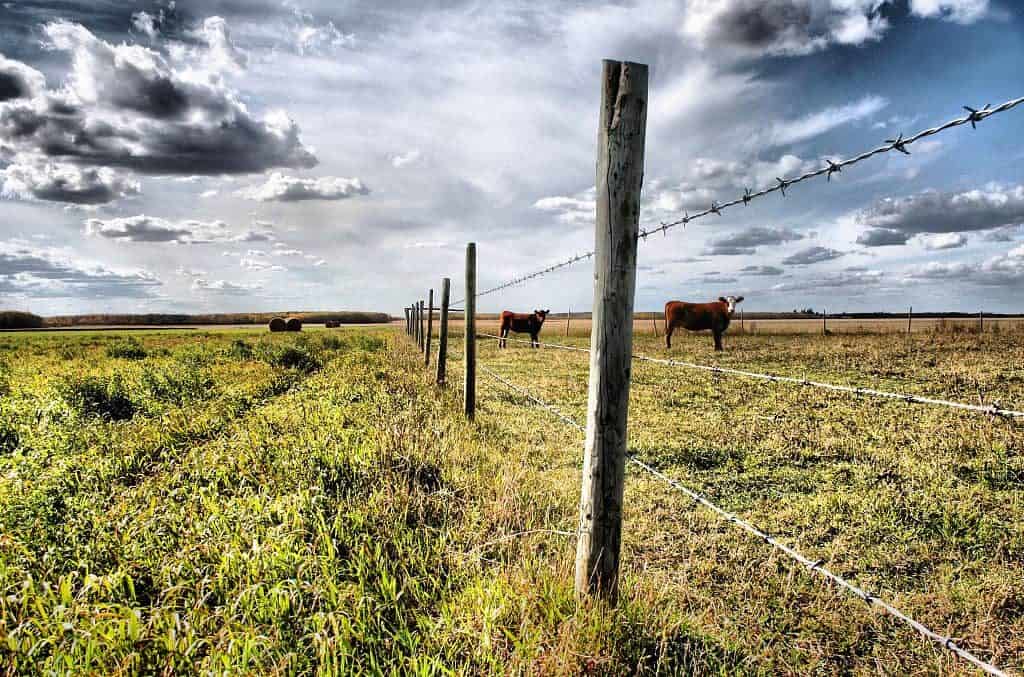Barbed wire fencing is an iconic feature of the American West, conjuring images of vast cattle ranches and the expansion of the frontier. However, its origins can be traced back to the agricultural needs of the Midwest in the late 19th century.
In the early 1870s, farmers on the Great Plains faced a major problem: the open range of the West allowed herds of cattle and other livestock to roam freely, often damaging crops and gardens. Traditional fencing, made of wood or stone, was expensive and time-consuming to construct, and could be easily damaged by wandering animals. In response, several inventors began experimenting with a new type of fencing made from wire.
One of the most important pioneers in this field was Joseph F. Glidden, a farmer and businessman from Illinois. In 1873, Glidden received a patent for his design of a new type of fencing, which he called “barb wire.” The wire was made of steel, with sharp barbs spaced at regular intervals along the length of the wire. The barbs were designed to deter animals from crossing the fence, while still allowing farmers to see through the wire to monitor their crops and livestock.
Barbed wire proved to be a revolutionary invention, transforming the landscape of the American West. It allowed farmers to enclose their fields and gardens quickly and inexpensively, protecting them from damage by livestock and other wildlife. It also made it easier to keep track of herds of cattle, which could be contained in smaller areas and tended more closely. As a result, the use of barbed wire fencing quickly spread across the Great Plains and beyond, and by the turn of the century, it had become a ubiquitous feature of the American landscape.
The success of barbed wire fencing had many far-reaching implications. It made it easier for settlers to claim and fence off land, leading to a significant increase in private property ownership and the decline of the open range. It also helped to transform the Great Plains from a frontier wilderness into a productive agricultural region, leading to a boom in farming and settlement.
However, the rise of barbed wire fencing was not without controversy. Many cattle ranchers saw the encroachment of fencing as a threat to their traditional way of life, and disputes over land ownership and access to water sources led to violent conflicts, such as the infamous Johnson County War in Wyoming. There were also concerns about the environmental impact of fencing, as it disrupted the natural migration patterns of wildlife and led to the fragmentation of habitat.
Despite these challenges, barbed wire fencing remains an enduring symbol of the American West and a testament to the ingenuity of American inventors and farmers. Today, it is still widely used for a variety of applications, from agriculture and livestock management to perimeter security and military defense.





